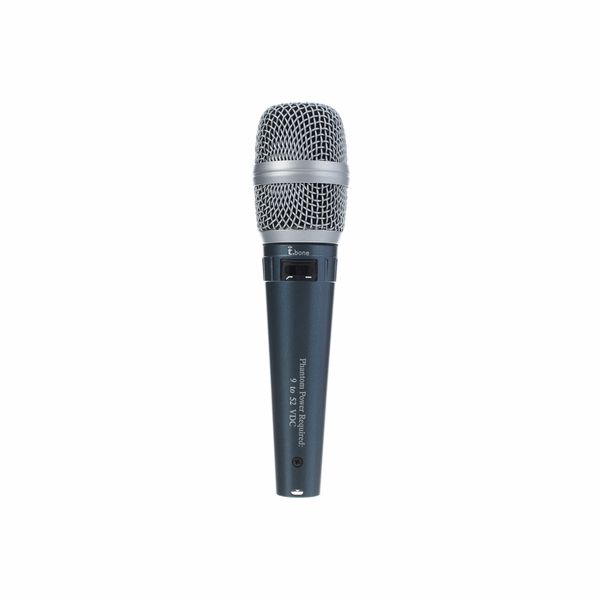Eher skeptisch nach meinem letzten t.bone-Kauf habe ich den Rat eines Kollegen befolgt und habe mich erneut ins untere Preissegment begeben. Das Objekt des anfänglich nicht ganz vorurteilsfreien Tests: Das t.bone MB 78 Beta.
Erste Testaufnahmen (Sprache) zeigen: Da kommt was bei raus, das macht ja richtig Spaß! Nichts rauscht, keine Störgeräusche durch unsauber verarbeitete Kontakte oder gar lockere Anschlüsse.
Selbst die befürchtete Zickigkeit der Superniere war weder auf dem Stativ noch im Handheld-Betrieb unterwegs zu spüren.
Erwartet hatte ich natürlich eine deutlichere Brillianz, wie sich das für eine Kleinmembran gehört. Der Unterschied gegenüber einer kleinen dynamischen Niere, aber auch gegen ein Großmembran-Kondensator (SC 450) war jedoch so deutlich, dass ich richtig überrascht war. Anfangs glaubte ich sogar, dass die Mitten überbetont seien, aber nach einigen Probeaufnahmen relativierte sich das.
Die Bässe werden hervorragend aufgenommen - doch damit kommen wir zu dem größten Problem dieses Mikrofons: Der Low-Cut.
Erst der Grafik auf dem beiliegenden Zettel kann man entnehmen, dass dieser schon bei 200 Hz einsetzt - und damit der Stimme das gewisse Etwas raubt.
Selbst als Sprecher mit einer sonoren Stimmlage - und damit mehr Potenzial als weiblichen Stimmen - greift mir dieser Low-Cut zu brutal ins Geschehen ein.
Die Lösung: Der Low-Cut am Pult (100 Hz) und Finger weg vom ohnehin schwer zu erreichenden Schalter am Mikrofon. Plötzlich klingt's.
In einem Sprachvergleich gegen ein t.bone SC 450 (Großmembran-Kondensator, Niere) hat das MB 78 Beta klar gewonnen - allerdings nur, wenn man die Finger vom Low-Cut lässt.
Was einem die Großmembran bislang "warm" klingen ließ, erscheint plötzlich "dumpf", wenn man die Transparenz der Kleinmembran erst mal für sich entdeckt.
Fazit: Das SC 450 darf zukünftig Instrumente aufnehmen und gesprochen wird ab sofort in das MB 78 Beta. Dem "Unterwegs-Mikrofon" werden zwei weitere Studio-Sprachmikrofone folgen. Es rechnet sich!
Ein echter Einsteiger-Tipp - also: Weitersagen!



)
)
)
